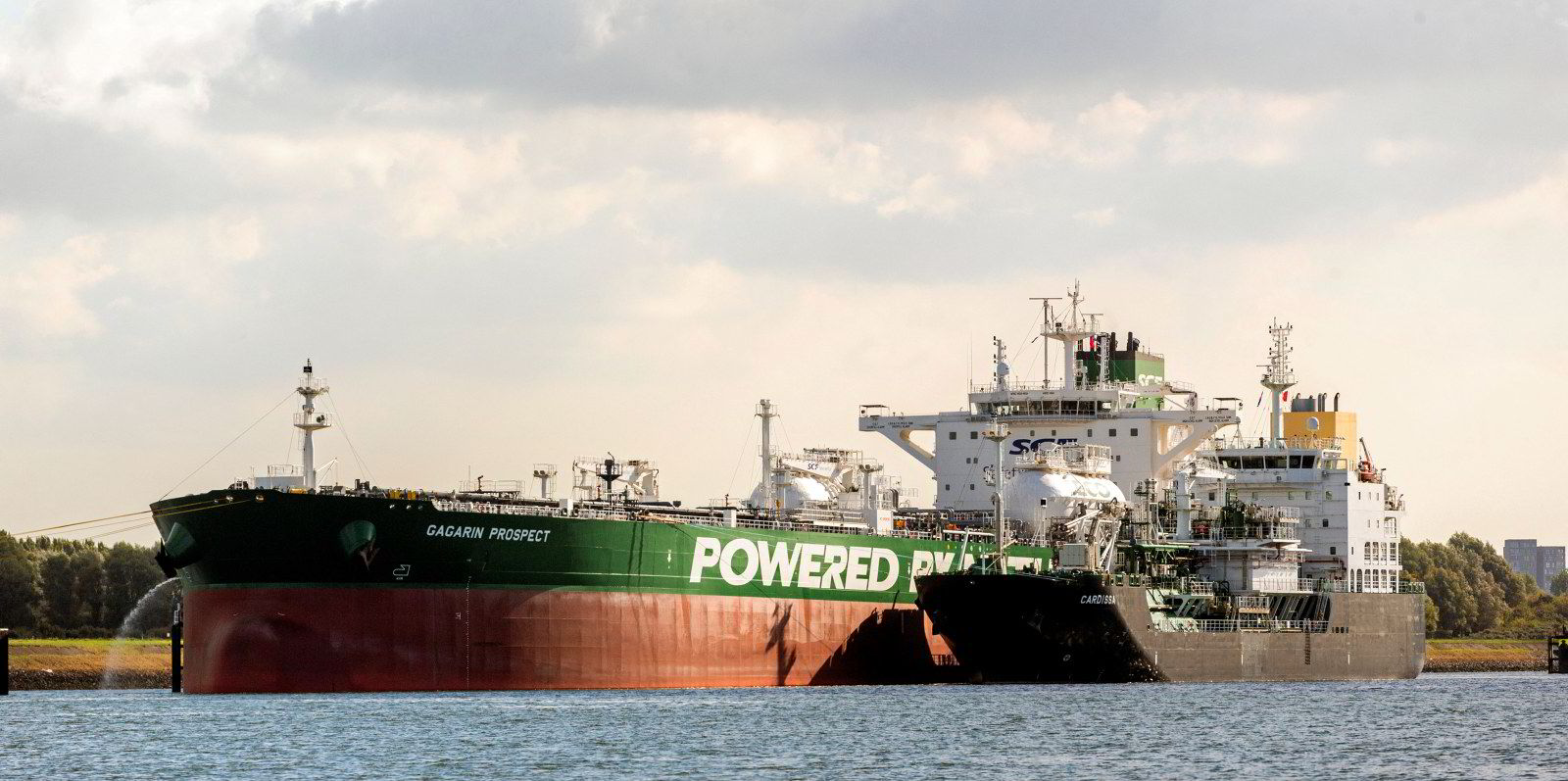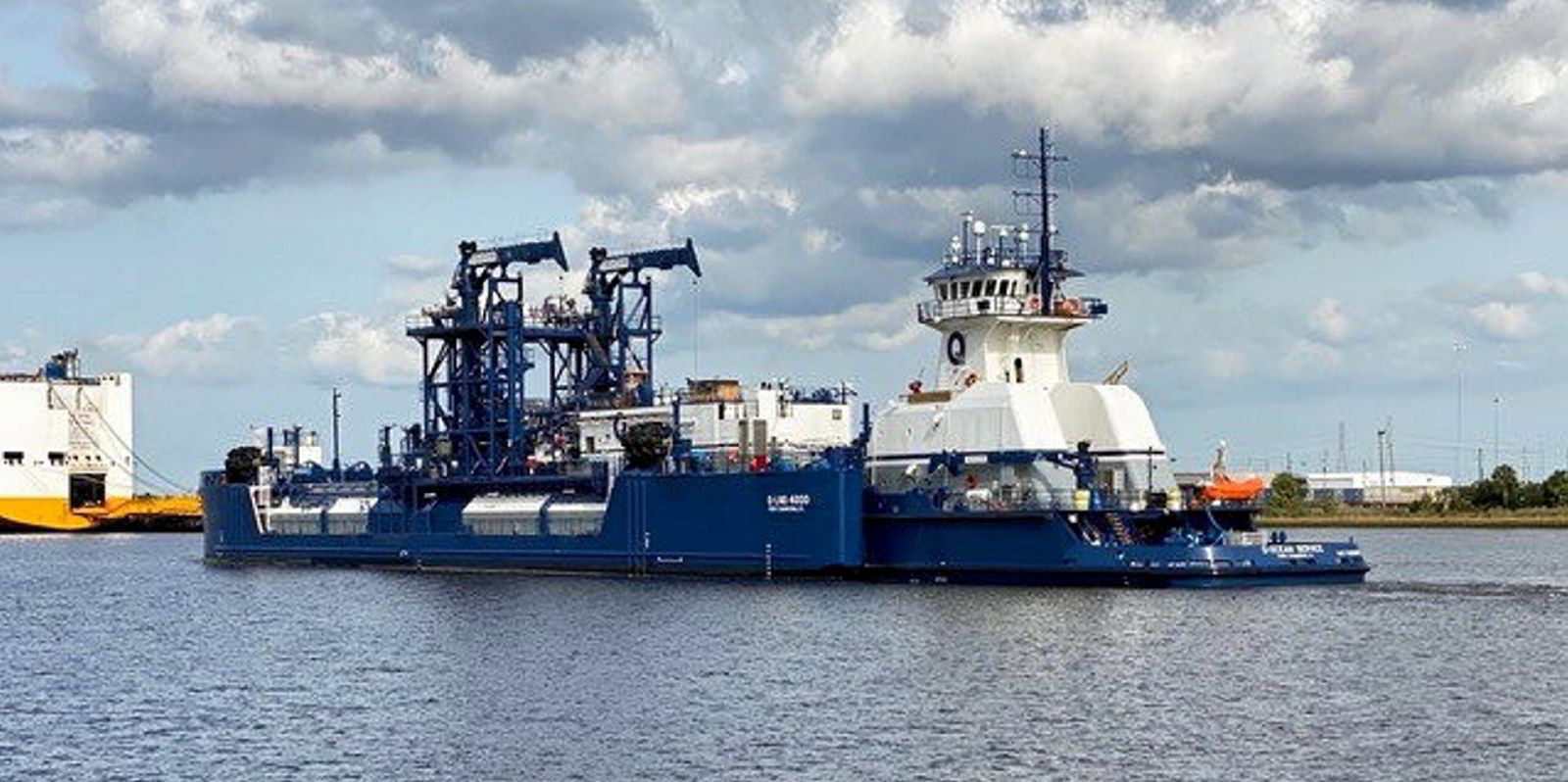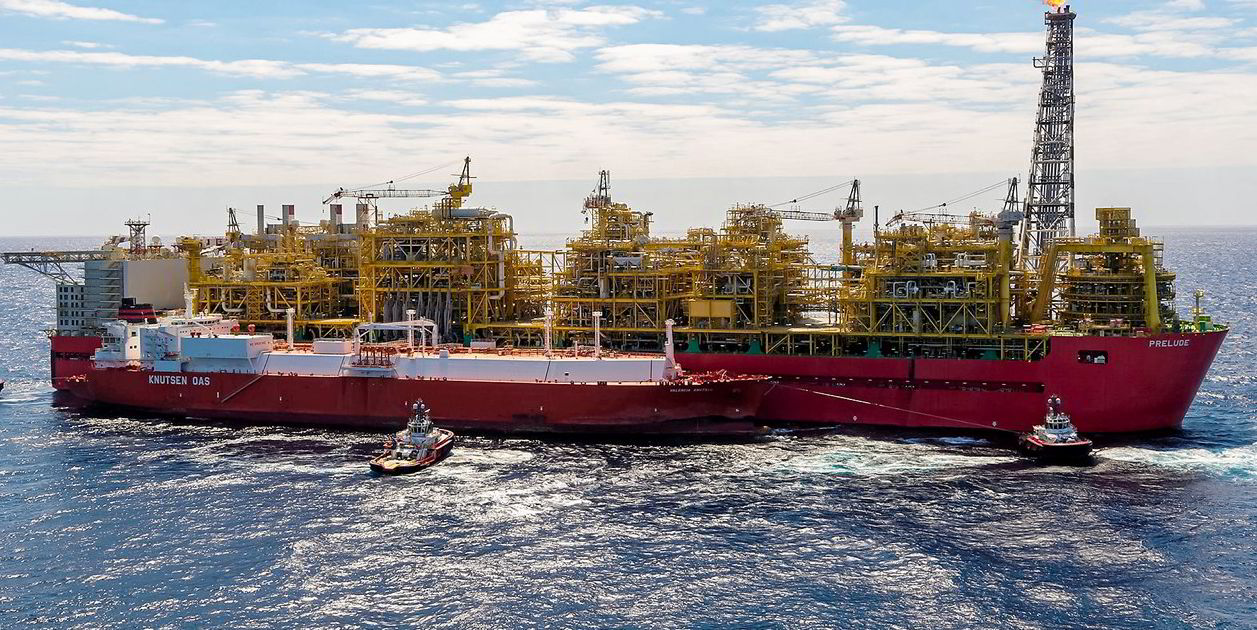Energy major Shell expects the demand for LNG as a fuel for shipping to speed up, with estimates saying it could reach 30 million tonnes per annum by 2040.
In its fourth Shell LNG Outlook, the major said there are now 385 LNG-fuelled ships either in operation or on order.
From these, the company sees a confirmed demand for bunkers of more than 2.5 mtpa of LNG.
Shell said the global number of LNG bunker vessels is expected to reach 45 by 2023.
By 2040, the energy major projects a wide range of LNG bunker demands of between 30 and 50 mtpa.
Doubling of demand
Shell said world LNG demand is expected to double to 700m tonnes by 2040.
It added that Asia is expected to drive nearly 75% of this growth as domestic gas production declines and LNG is used as a substitute for higher-emission energy sources to tackle air-quality concerns and meet emissions targets.
Shell sees a growing demand for gas from South and South East Asia, where it said more LNG infrastructure will be needed.
But by the middle of this decade, Shell see a supply-demand gap opening, with less new production coming onstream than previously projected due to the delays to new project sanctions seen last year.
Shell said just 3 mtpa of new LNG production capacity was announced in 2020, down from an expected 60m tonnes.
“According to estimates, more than half of future LNG demand will come from countries with net-zero emissions targets,” Shell said. “The LNG industry will need to innovate at every stage of the value chain to lower emissions and play a key role in powering hard-to-abate sectors.”
Ones to watch
Shell said global LNG trade increased marginally in 2020, up from 358m tonnes in 2019 to 360m tonnes last year, despite volatility caused by the Covid-19 pandemic and record low global gas prices.
The major said China’s LNG imports rose by 11%, or 7m tonnes year-on-year to 67m tonnes, as demand recovered last year.
“China’s announcement of a target to become carbon neutral by 2060 is expected to continue driving up its LNG demand through the key role gas can play in decarbonising hard-to-abate sectors, namely buildings, heavy industry, shipping and heavy-duty road transport,” Shell said.
India’s LNG imports also rose by 11% in 2020 as the country shipped in lower-priced LNG to supplement its domestic gas production.
Shell flagged up that Japan and South Korea announced net-zero emissions targets in 2020, with South Korea aiming to switch 24 coal-fired power plants to cleaner-burning LNG by 2034.







